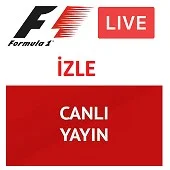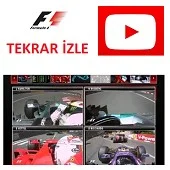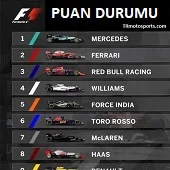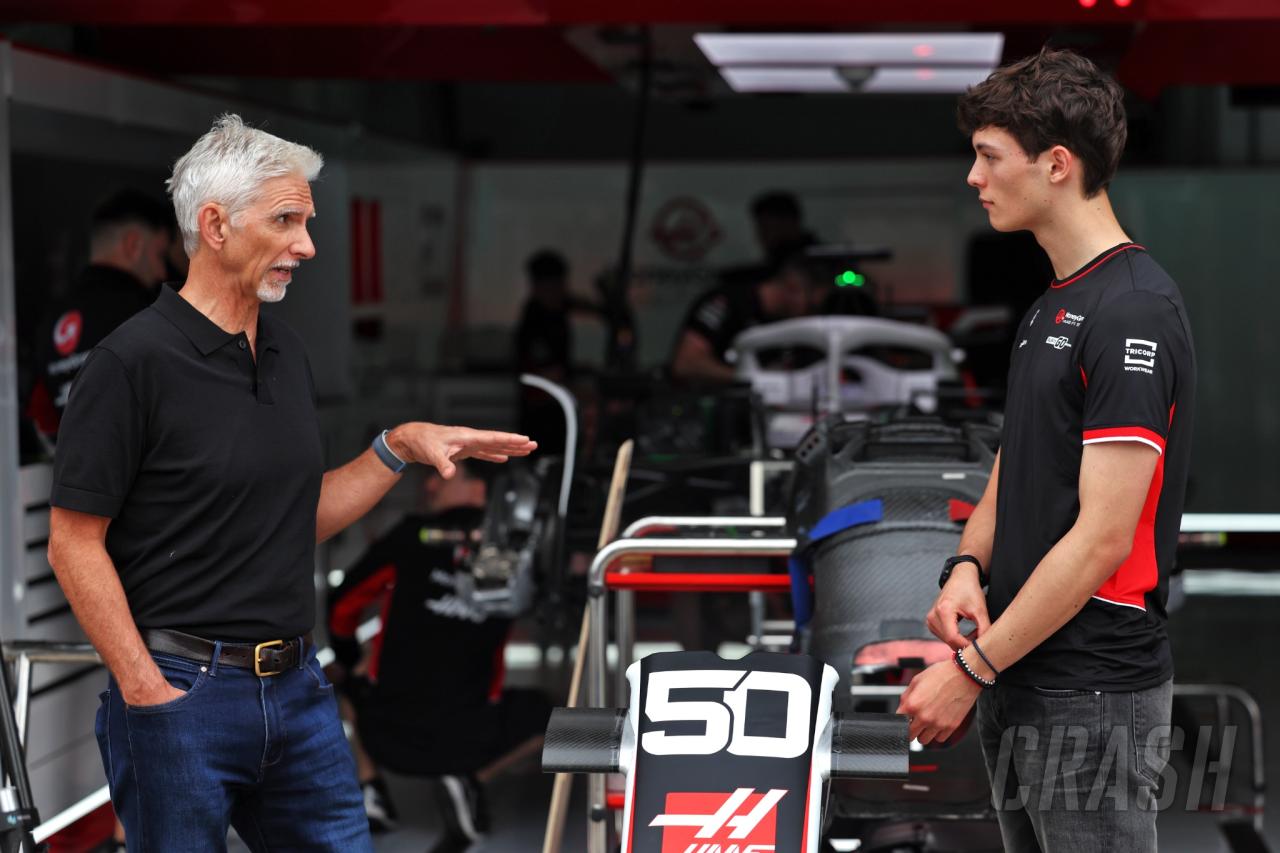
This is what F1 and the FIA must change after days of chaos
| F1 Live | F1 Replay | F1 Standings |
More transparency Before Monday’s eagerly-awaited F1 cost cap announcement, there were calls for transparency from rival teams and high-profile drivers as the sport faced its first major test of the financial regulations. But when the FIA’s delayed report finally came, there was nothing in it that was not already known. Red Bull were confirmed to have broken the rules during Max Verstappen’s 2021 title-winning campaign by a “minor overspend”, but no figures were released. Is Hamilton No Longer the Best Wet Weather Driver?Video of Is Hamilton No Longer the Best Wet Weather Driver?Nor was any clarity provided over what potential penalties could come their way, nor how long the next steps of the process will take, leaving more questions than answers. Red Bull’s immediate response, noting the FIA’s findings with “surprise and disappointment” and insisting that “our 2021 submission was below the cost cap”, only added to the uncertainty. The same can be said for the inconsistency surrounding penalty decisions, something that has continued to irk drivers this season. On many occasions several hours have passed before an outcome is reached, while at Suzuka, the stewards were able to decide upon a title-determining penalty within minutes. The sport was already facing credibility question marks before new FIA president Mohammed Ben Sulayem took office in the wake of the 2021 Abu Dhabi Grand Prix controversy, and it seems as though little progress has been made in the months that have followed.Taking the example of the cost cap, there needs to be a clear rule specifying what penalty is applied for each offence to remove ambiguity.Simplify the rulebook Whether it is track limits, Safety Car restarts, or the reduced points confusion that overshadowed Verstappen’s crowning moment in Japan last weekend, there have long been calls for the regulations to be made clearer. Related Ricciardo holding out for better F1 2024 options – but will he have any? How the F1 cost cap will change for 2023 and beyondMercedes boss Toto Wolff described F1’s rulebook as a “Shakespeare novel” last year. Despite their usual quarrelling, Red Bull team principal Christian Horner has agreed with his opposite number that the rules need to be simpler.Loosely-written rules have also caused problems. The sporting regulations were changed to state that “all” – rather than any – cars must be permitted to unlap themselves under a Safety Car period after the mishandled conclusion to the 2021 season finale. The FIA admitted in their inquiry into the events of the 2021 season finale that other regulations would “benefit from clarification”, citing that “different interpretations” of the rules “likely contributed to the applied procedure” by Masi in Abu Dhabi. That at least felt like a starting point. Although race control actually followed the correct procedure and avoided a rushed final lap at this year’s Italian Grand Prix, an anti-climatic Safety Car finish at Monza prompted fresh controversy and debate over whether the rules should be altered. Meanwhile, Verstappen’s second world title was won amid confusion due to an anomaly in the regulations surrounding a rule that was altered after the 2021 Belgian Grand Prix washout. It meant Verstappen was awarded full points – and not reduced – enabling him to be crowned world champion for a second time. It was labelled a “mistake” by Horner, who expects a revision to follow. With over 63 articles and 117 pages making up the 2022 F1 sporting regulations, surely there is scope to simplify some of the wording, or the rules themselves. Flexible start timesPoor weather conditions have impacted the last two F1 races, with torrential rain forcing the start of the Singapore Grand Prix to be delayed, while last weekend’s Japanese Grand Prix was red-flagged after two laps due to heavy rain. The start of the Monaco Grand Prix in May was also delayed by rain and subsequently failed to run at full distance, with 64 of the scheduled 78 laps completed. In Singapore and Japan, the bad weather had been forecast and yet on both occasions F1 came across as being unprepared and lacking a contingency plan. This little over a year after the farce of the 2021 Belgian Grand Prix that was controversially run for just two laps under the Safety Car. A two-hour wait before conditions were deemed suitable to race meant only half of the Japanese Grand Prix was completed, with 40 minutes left on the three-hour time limit. McLaren’s Daniel Ricciardo has since suggested there should be more flexibility in race start times, inferring the sport could be more proactive about known weather threats. “4 “Where I wish we could do better is – I know it’s easy saying it now, but we knew this rain was going to come,” said Ricciardo.“Even if you bring it forward an hour, maybe we gain 20 laps at the beginning and you can still make a race of it. “That’s where again, let’s try and learn something from this. I know there’s TV and everything, there’s a big part of it. Ultimately, we want to have a race.”Former FIA race director Masi hinted at discussions between F1 bosses about making race start times more flexible in the wake of the abandoned Spa race, but so far, nothing has changed. Recovery vehicles The FIA is investigating the timing and use of the recovery vehicles at the Japanese Grand Prix in response to drivers voicing their anger. There was fury from drivers after Pierre Gasly narrowly avoided a 200kmh collision with a crane amid torrential rain and worsening visibility, leaving the Frenchman fearing for his life. “5 Aside from palming off some of the blame onto Gasly for speeding in his attempts to catch back up to the pack behind a Safety Car after making an early pit stop, the FIA’s only response was to state that the use of recovery vehicles under Safety Car conditions is permitted. Gasly was not alone in his criticism. Sergio Perez described the incident as the “lowest point we’ve seen in the sport for years”, while Sebastian Vettel argued F1 was “lucky” that no one was seriously hurt eight years after Jules Bianchi suffered fatal head injuries when he hit a tractor in similar conditions at the same circuit. The drivers’ angry feedback ultimately prompted the FIA’s “thorough investigation” to “ensure continual improvements of processes and procedures”. A common-sense outcome would surely determine that recovery vehicles should never be sent out onto a live race track in such conditions again.After all, serious driver safety concerns – rather than a back-and-forth about jewellery – should remain at the top of the agenda.
For motorsport news follow TRmotosports on social media.





